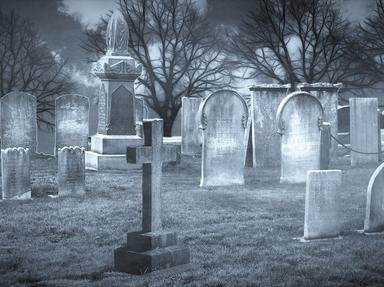Quiz Answer Key and Fun Facts
1. The entire Taj Mahal complex was designed and built by Shah Jahan with great attention to symmetry. Which is the only thing that is out of place in the complex?
2. Which of these architectural features was specially designed to be slightly tilted to prevent any damage to the main tomb?
3. There are 22 small domes on the gate forming the main entrance to the Taj that coincides with which of the following?
4. The finial at the dome of the Taj Mahal is believed to have originally been made of which material?
5. While visitors to the Taj can see the cenotaphs of Shah Jahan and Mumtaz inside the tomb, the actual graves are located at a lower level and are closed to the public.
6. Shah Jahan also included a Mughal garden in the Taj Mahal complex. Are the gardens seen while visiting the Taj now the same as the original ones?
7. While a popular myth states that Shah Jahan had the hands of all the workers cut after the Taj was built to prevent them from building a similar structure again, which of the following is another interpretation of the same?
8. Shah Jahan had two other wives apart from Mumtaz. Where were they buried?
9. Another long standing myth regarding the Taj Mahal is that Shah Jahan intended to build himself a similar mausoleum across the Yamuna River. What colour was this mausoleum expected to be?
10. After being overthrown by his son Aurangzeb, Shah Jahan was kept imprisoned in the Akbar Fort across the Yamuna River until his death. What object did he use to gaze at the Taj during his imprisonment?
Source: Author
zorba_scank
This quiz was reviewed by FunTrivia editor
Bruyere before going online.
Any errors found in FunTrivia content are routinely corrected through our feedback system.
